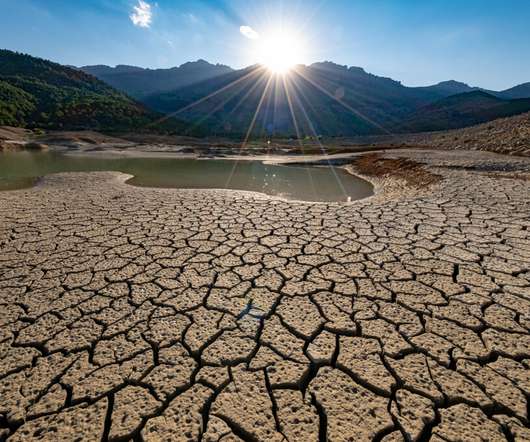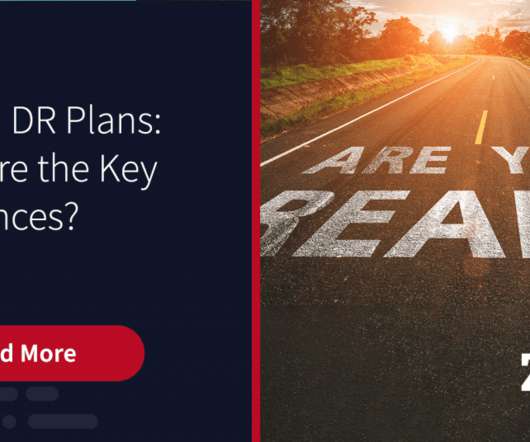Article by the Diva in South Korean Newspaper
Recovery Diva
JANUARY 3, 2024
.” Claire Rubin, a researcher who works as a disaster prevention consultant in the U.S., emphasized training and education as an iteration of responding to various disasters on Sept. preparedness and response efforts,” she said. . preparedness and response efforts,” she said. 26 (local time).











Let's personalize your content